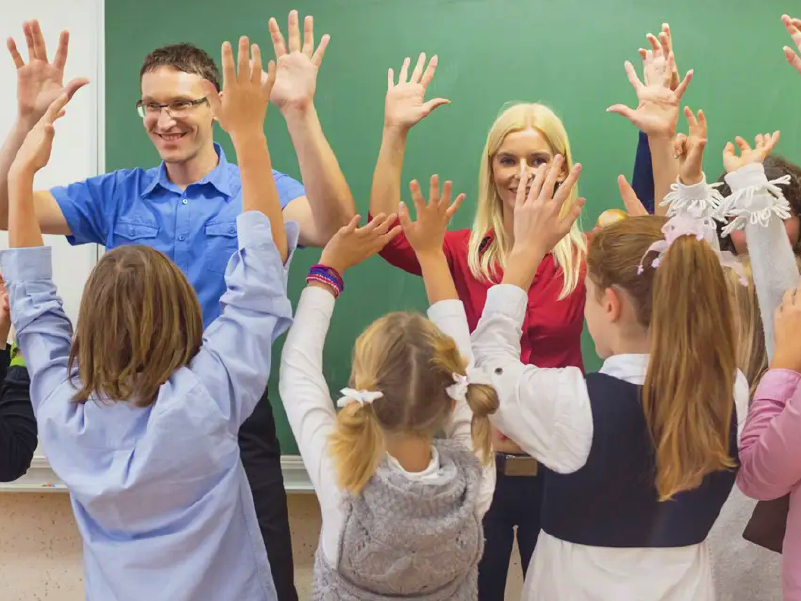
The Co-teaching Method
Co-teaching is a teaching method where teaching is done in teams. Typically, two teachers will look after two classes together, rather than each teacher looking after one class individually. This approach has been implemented in schools across Australia and benefitted students. When setting up co-teaching schools it is important to align theory, evidence, structure, and physical set up – if it is not set up just right, then it may fail.
Tips for transitioning to co-teaching
If a school is interested in transitioning to the co-teaching method, it is important to have a program coordinator. This person should have a deep knowledge of the method, including evidence of its success and theories for implementation. This person, with the support of their school’s principal, should be able to run whole school professional development sessions. Here, they can explain how co-teaching works, how trusting relationships between teachers can be developed and maintained, and how to navigate potential hurdles.
It is also important that teachers are coached individually, or in smaller groups. This will allow for more effective communication between the program coordinator and staff, which will help to boost their knowledge and self-esteem.
Once teacher relationships have been formed and co-teaching officially implemented in the school, the program coordinator should observe their peers. They can provide feedback to help enhance the experience for both teachers and students. They can also affirm that teachers are successfully implementing the method, which will contribute to increasing confidence.
Co-teaching is all about communication and teamwork. It is important to have regular conversations between teachers, the program coordinator, and the school’s principal to facilitate growth. The support of all staff members involved is paramount for the method’s success. When teachers are confident in their work, students will benefit.
For further reading, see “A Guide to Co-Teaching” by Ann Nevin, Jacqueline Thousand, and Richard Villa.
